Introduction
The world is witnessing a rapid and unprecedented transformation in the nature and character of warfare, driven by emerging technologies such as artificial intelligence, robotics, cyber, space, quantum computing, directed energy weapons, and more. These technologies have the potential to create new domains of warfare, enhance existing capabilities, disrupt existing balances of power, and pose new challenges and threats to national security. The modernization and advancement can help in shaping the emerging technologies and the future of the Indian army.
The Indian Army must prepare to face the challenges and leverage the opportunities posed by the focus of countries like China and Russia on new age technologies in order to maintain its edge over its adversaries and fulfill its mandate of defending the nation’s sovereignty and territorial integrity.
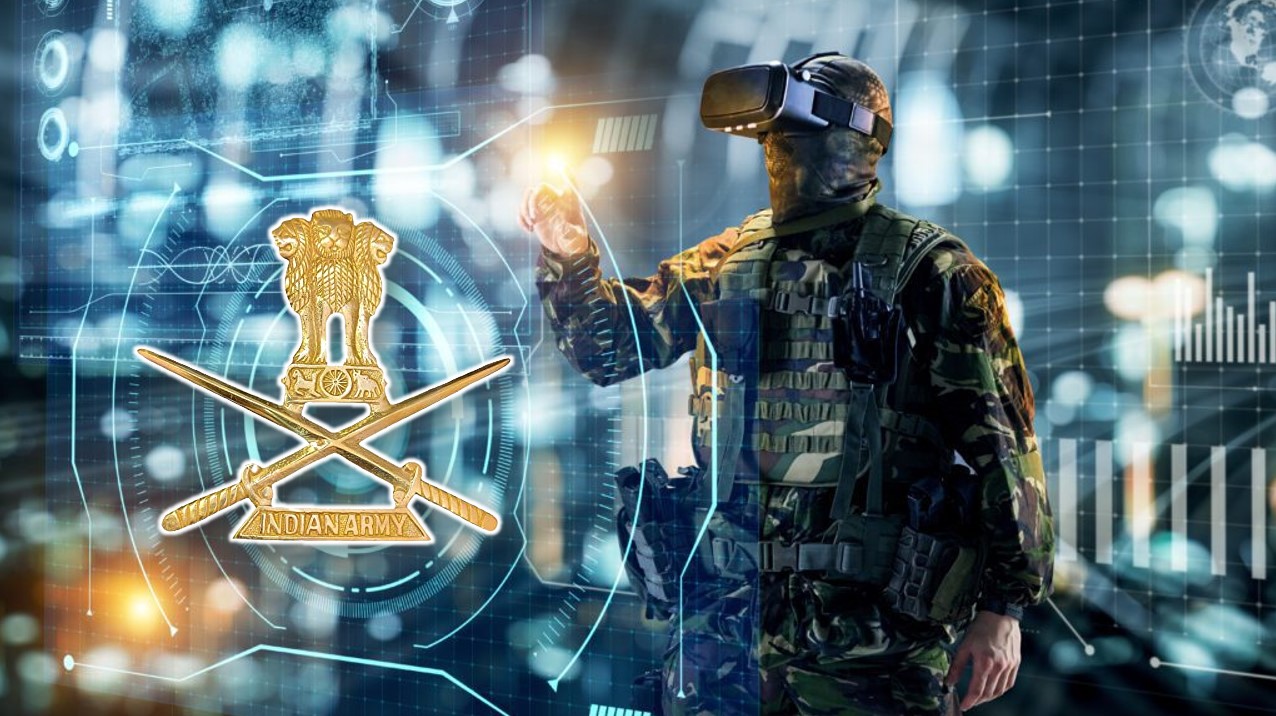
Artificial Intelligence (AI)
Artificial intelligence (AI) is a transformative emerging technology that the Indian Army is investing in through. It has the potential to revolutionize the way the Army fights and wins wars.
AI can develop new capabilities for the Army in a variety of areas, including intelligence, surveillance, and reconnaissance (ISR), targeting, logistics, and planning. AI can also improve the Army’s overall performance in a number of ways, such as by developing new training programs, improving maintenance procedures, and automating tasks.
Some of the current AI projects being undertaken by the Indian Army include:
-
- Integrated Battlefield Management System (IBMS): IBMS is a network-centric command and control system that integrates data from a variety of sources, including sensors, drones, and satellites, to provide commanders with a real-time view of the battlefield. IBMS is also being equipped with AI capabilities to improve its decision-making capabilities.
- Netra: Netra is an AI-powered facial recognition system that is being used to identify and track enemy personnel and vehicles. Netra is also being used to develop a system for tracking and identifying people of interest in urban areas.
- Daksh: Daksh is an AI-powered system for automating the analysis of large amounts of data. Daksh is being used by the Army to identify patterns and trends in intelligence data, as well as to automate tasks such as medical record analysis and logistics planning.
Bhim: Bhim is an AI-powered system for developing and operating autonomous weapons systems. Bhim is being used to develop a variety of autonomous systems, including drones, unmanned ground vehicles, and unmanned boats.
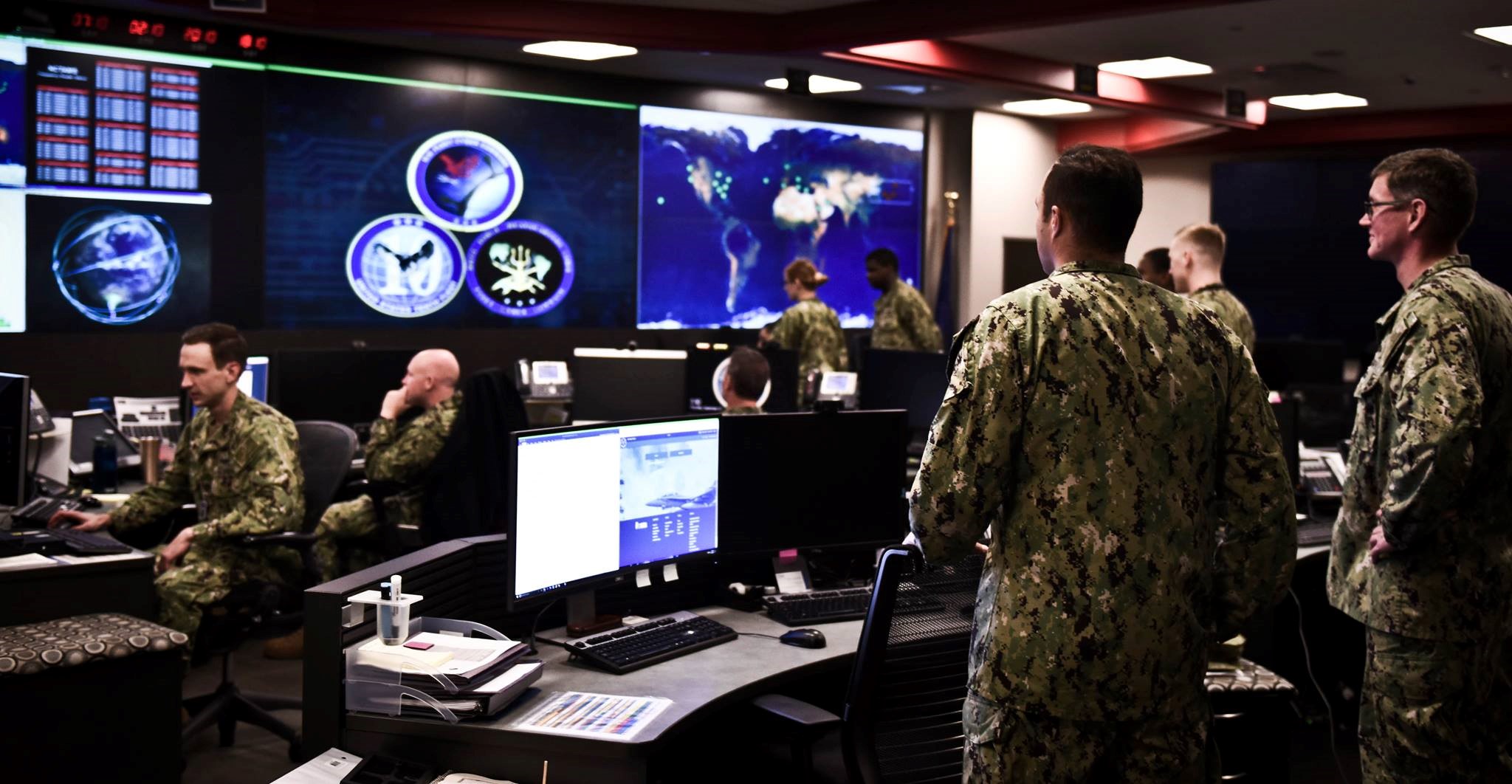
Cyberwarfare
Cyberwarfare is the use of computers and networks to attack and disrupt enemy infrastructure and information systems. It is a growing threat to the Emerging Technologies and the Future of the Indian Army, as its critical infrastructure is increasingly dependent on computers and networks.
Cyberwarfare attacks can take many forms, including denial-of-service attacks, malware attacks, phishing attacks, and man-in-the-middle attacks. State actors, terrorist groups, or criminals can carry out these attacks.
The Indian Army is taking steps to protect itself from cyberwarfare attacks, by establishing a Cyber Command and investing in cyberwarfare training and education. However, the Army also faces a number of challenges, such as lack of manpower, outdated equipment, and lack of coordination.
Some of the current projects of the Indian Army in cyber warfare include:
- Development of a cyber range: The Army is developing a cyber range to provide training and testing facilities for its cyberwarfare personnel. The cyber range will simulate real-world Cyber Attacks and allow the Army to test its cyber defences.
- Development of AI and ML-enabled cyber security tools: The Army is developing AI and ML-enabled cyber security tools to improve its ability to detect and respond to cyber threats. For example, the Army is developing an AI-powered cyber threat intelligence platform that will collect and analyse data from a variety of sources to identify and track cyber threats.
Collaboration with academia and industry: The Army is collaborating with academia and industry to develop new cyber technologies and train cyberwarfare personnel. For example, the Army has partnered with the Indian Institute of Technology Delhi to develop a cyber security curriculum for its engineering students.
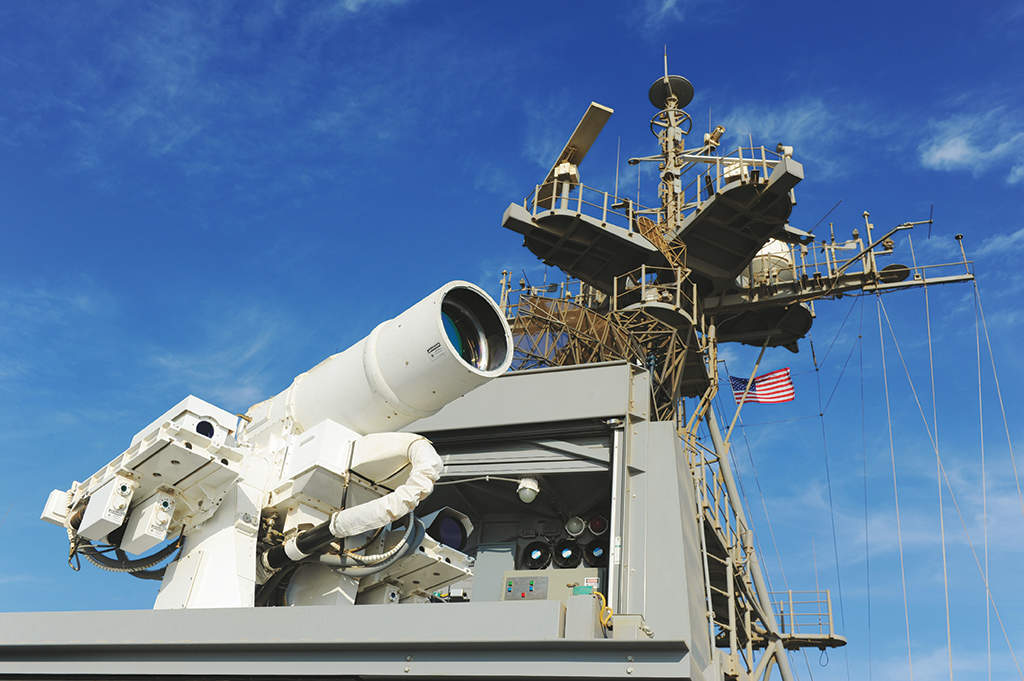
Directed Energy Weapons (DEWs)
Directed energy weapons (DEWs) are a new class of weapons that use energy beams, such as lasers and microwaves, to destroy or disable targets. These are still in the early stages of development, but they have the potential to revolutionize warfare.
DEWs have a number of advantages over traditional weapons. They are very fast, precise, and versatile. we could use it to engage targets at long ranges with great precision, disable enemy weapons and equipment without killing or injuring personnel.
The Indian Army is currently working on a number of DEW projects, including:
- Laser Directed Energy Weapons (LDEWs): LDEWs use laser beams to heat and melt targets, or to disrupt their electronics. The Indian Army is developing LDEWs for a variety of applications, including anti-aircraft defence, anti-tank warfare, and anti-satellite warfare.
- High-Power Microwave Weapons (HPMWs): HPMWs use high-power microwave beams to disrupt the electronics of targets. The Indian Army is developing HPMWs for a variety of applications, including electronic warfare and cyberwarfare.
Particle Beam Weapons (PBWs): PBWs use beams of charged particles to damage or destroy targets. The Indian Army is in the early stages of research on PBWs, but has expressed interest in developing them for a variety of applications, including anti-missile defence and anti-space warfare.

Exoskeletons
An exoskeleton is a wearable robotic device that provides the user with additional strength and endurance. Exoskeletons assist with tasks such as lifting heavy objects, walking long distances, and climbing obstacles.
Exoskeletons are powered by batteries or other external power sources. They typically have a frame that supports the user’s body and actuators that provide power to the joints. Users or computer’s can control them easily
Soldiers could use Exoskeletons to carry heavy loads, climb over obstacles, and fight in combat. Exoskeletons could also protect soldiers from injury.
Some of the current projects of the Indian Army in exoskeleton technology include:
- Development of a full-body exoskeleton: The Indian Army is working with the Defence Research and Development Organisation (DRDO) to develop a full-body exoskeleton for military use. The exoskeleton will carry a load of up to 100 kg and will provide the wearer with increased mobility and endurance.
Procurement of exoskeletons for specific applications: The Indian Army is also procuring exoskeletons for specific applications, such as bomb disposal and disaster relief. For example, in 2022, the Indian Army procured a number of exoskeletons from the US company Ekso Bionics to be used by bomb disposal squads.
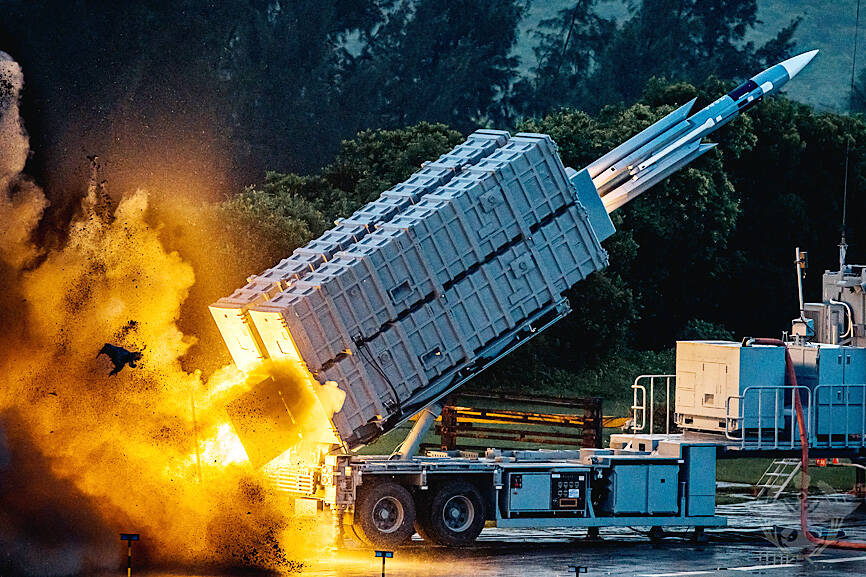
Hypersonic Weapons
They are a new and rapidly developing class of weapons, they are capable of flying at speeds of Mach 5 or higher, making them difficult to detect and intercept. Hypersonic weapons are capable of delivering a variety of payloads, including conventional and nuclear warheads.
The Indian Army is developing both hypersonic glide vehicles (HGVs) and hypersonic cruise missiles (HCMs). Glide vehicles are boosted into the atmosphere by a rocket and then glide to their target, while HCMs are powered by scramjet engines.
HGVs vs HCMs
HGVs have a number of advantages over HCMs. They are more maneuverable and can reach higher altitudes, making them more difficult to intercept. Additionally, HGVs are less expensive to develop and operate than HCMs.
HGVs are capable to deliver conventional or nuclear warheads to strategic targets. while HCMs are capable to deliver precision strikes against tactical targets.
Hypersonic weapons offer a number of potential benefits for the Indian
Army, including – Deterrence, Precision Strike, Speed Of Response, Global Reach and etc. But like every coin has two sides, these weapons also have some challenges including- High Cost, Training, Maintenance, Cybersecurity and etc. But these weapons have the potential to revolutionize the Emerging Technologies and the Future of the Indian Army.
The Indian Army is currently working on a number of hypersonic weapon projects, including:
- BrahMos-II: This is a hypersonic version of the BrahMos supersonic cruise missile, which is jointly developed by India and Russia. The BrahMos-II is expected to have a range of 1,500 km and a speed of Mach 6-8. It is expected to be inducted into the Indian Army by 2025.
- Hypersonic Technology Demonstrator Vehicle (HSTDV): This is a hypersonic cruise missile that is under development indigenously by the DRDO. The HSTDV has a speed of Mach 6 and a range of 1,000 km. It is expected to be inducted into the Indian Army by 2028.
Shaurya Missile: This is a hypersonic ballistic missile that is under development indigenously in the DRDO. The Shaurya Missile has a speed of Mach 7.5 and a range of 1,900 km. It is expected to be inducted into the Indian Army by 2025.

Quantum technology
It is a new and rapidly developing field of technology that has the potential to revolutionize many industries, including the military. Quantum technologies are based on the principles of quantum mechanics, which is a branch of physics that deals with the behaviour of matter at the atomic and subatomic level.
One of the key Feature of quantum mechanics is Entanglement. Quantum entanglement links two or more particles together, so they share the same fate, even if they are far apart.
The Indian Army is investing in quantum technology research and development. The Army is showing interest in the potential of quantum technology for developing new capabilities in cryptography, communication, and sensing.
Some of the specific projects that the Indian Army is working on include:
- Quantum computing: The Indian Army is developing quantum algorithms to solve military-specific problems. They include image processing, signal processing, and cryptography.
- Quantum cryptography: The Indian Army is developing quantum cryptography protocols for secure communication between military units.
- Quantum sensors: The Indian Army is developing quantum sensors for navigation, guidance, and surveillance.
Challenges in Adoption of Modern Technology By Indian Army
- Cost: Emerging technologies can be expensive to develop and acquire.
- Training: Operating emerging technologies requires specialized training, which can be time-consuming and costly to provide.
- Maintenance: Emerging technologies can be complex and require regular maintenance. This can be challenging in remote and hostile environments.
Cybersecurity: Emerging technologies are vulnerable to cyberattacks. The Army needs to develop robust cybersecurity measures to protect its emerging technologies from attack.

Conclusion
The emerging technologies are essential for the Indian Army. They enhance the deterrent and war-fighting capabilities in the face of emerging threats.
The Indian Army is already facing a number of challenges, including outdated equipment, and a difficult border with China. New technologies can help the emerging technologies and the future of the Indian army to overcome these challenges and to develop new capabilities. However, I believe that the benefits of adopting emerging technologies outweigh the challenges. Emerging technologies will enable the Indian Army to fight and win wars in new and innovative ways. The Army will be able to operate more effectively in complex and challenging environments. Also, it will be able to respond to threats more quickly and effectively.



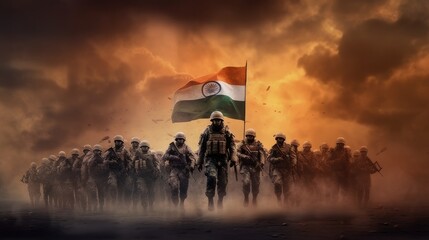


Полностью актуальные события подиума.
Важные события самых влиятельных подуимов.
Модные дома, торговые марки, haute couture.
Свежее место для модных хайпбистов.
https://fashionvipclub.ru/
Наиболее актуальные события мира fashion.
Важные новости самых влиятельных подуимов.
Модные дома, лейблы, haute couture.
Интересное место для стильныех людей.
https://sneakero.ru/
Точно актуальные новости подиума.
Актуальные мероприятия мировых подуимов.
Модные дома, бренды, haute couture.
Самое лучшее место для стильныех хайпбистов.
https://sneakerside.ru/
Самые важные новинки мировых подиумов.
Все события мировых подуимов.
Модные дома, лейблы, высокая мода.
Новое место для трендовых людей.
https://sneakersgo.ru/
Fresh horlogerie news and events. Fresh collections, models. Important information about famous watch companies.
https://chrono.luxepodium.com/
Абсолютно актуальные новости модного мира.
Актуальные новости лучших подуимов.
Модные дома, торговые марки, haute couture.
Приятное место для модных людей.
https://ulmoda.ru/
Абсолютно актуальные события моды.
Абсолютно все новости лучших подуимов.
Модные дома, лейблы, высокая мода.
Приятное место для стильныех хайпбистов.
https://paris.luxepodium.com/
Fashion, luxe, travel
Best fashion site for hypebeasts and cute people.
Style news, events. Fresh collections, collaborations, limited editions.
https://watch.lepodium.net/
Несомненно свежие новости мировых подиумов.
Исчерпывающие эвенты известнейших подуимов.
Модные дома, торговые марки, высокая мода.
Самое лучшее место для модных людей.
https://richlifestyle.ru/
Самые свежие события модного мира.
Важные новости мировых подуимов.
Модные дома, торговые марки, гедонизм.
Интересное место для стильныех хайпбистов.
https://furluxury.ru/
Абсолютно свежие события мировых подиумов.
Актуальные новости мировых подуимов.
Модные дома, лейблы, высокая мода.
Самое приятное место для стильныех хайпбистов.
https://balenciager.ru/
Несомненно важные новости подиума.
Все мероприятия известнейших подуимов.
Модные дома, лейблы, haute couture.
Интересное место для стильныех хайпбистов.
https://outstreet.ru/
LeCoupon: свежие новости для любителей вещевого шоппинга
Новости, события, модные луки, мероприятия, дропы, подиум.
https://qrmoda.ru/
LeCoupon: актуальные новинки для любителей fashion шоппинга
Новости, события, стильные образы, мероприятия, коллекции, показы.
https://qrmoda.ru/
Очень свежие новинки моды.
Важные события лучших подуимов.
Модные дома, торговые марки, гедонизм.
Свежее место для модных хайпбистов.
https://modastars.ru/
Точно стильные новости моды.
Абсолютно все события мировых подуимов.
Модные дома, торговые марки, haute couture.
Лучшее место для модных хайпбистов.
https://donnafashion.ru/
Несомненно актуальные новости мировых подиумов.
Все мероприятия мировых подуимов.
Модные дома, торговые марки, haute couture.
Интересное место для модных хайпбистов.
https://mvmedia.ru/novosti/282-vybiraem-puhovik-herno-podrobnyy-gayd/
Абсолютно свежие новости модного мира.
Исчерпывающие новости самых влиятельных подуимов.
Модные дома, бренды, гедонизм.
Новое место для модных людей.
https://donnafashion.ru/